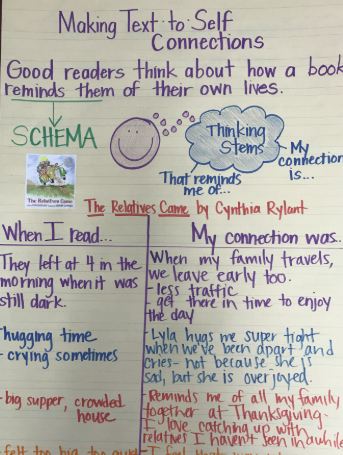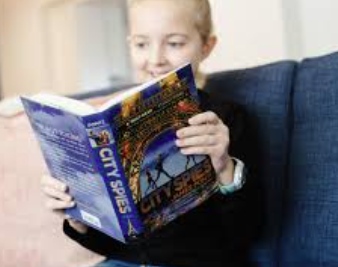Reading becomes more meaningful when students form personal connections with what they read. Whether it’s relating to a character, reflecting on a shared experience, or connecting a story to their own lives, these moments of recognition deepen engagement and foster a lasting love for reading. Teaching students how to make personal connections helps them become more thoughtful, reflective readers.
Why Personal Connections Matter
When readers connect a book to their own experiences, they are more likely to understand and remember the content. This emotional connection helps build empathy, boosts comprehension, and increases motivation to read. Students are more invested in stories that reflect parts of their identity or spark their curiosity.
Types of Personal Connections
- Text-to-Self: Relating the story to personal experiences (e.g., “This character reminds me of how I felt when I started a new school.”)
- Text-to-Text: Connecting the story to another book or story (e.g., “This theme is similar to one I read in another novel.”)
- Text-to-World: Linking the story to real-life events or issues (e.g., “This book makes me think about what I learned in history class.”)
Strategies for Encouraging Connections
- Use Thoughtful Prompts: Ask questions like “Have you ever felt like this character?” or “What does this story remind you of?” to guide students toward making connections.
- Model Your Own Connections: Share your reflections and personal reactions to texts so students see how meaningful reading connections are formed.
- Encourage Journaling: Reading journals give students space to record and explore their thoughts as they relate to the text.
- Create Opportunities for Sharing: Allow students to discuss their connections in pairs or groups. This builds classroom community and exposes students to different perspectives.
Selecting Relatable Texts
Choose diverse books that reflect a range of experiences, cultures, and voices. When students see themselves in stories—or learn about experiences different from their own—they’re more likely to feel included and engaged.
Conclusion
Helping students build personal connections through books transforms reading into an interactive and emotional experience. These connections foster deeper understanding, promote empathy, and support lifelong reading habits. By guiding students to reflect on their own lives as they read, educators empower them to see books as valuable tools for self-discovery and learning.


